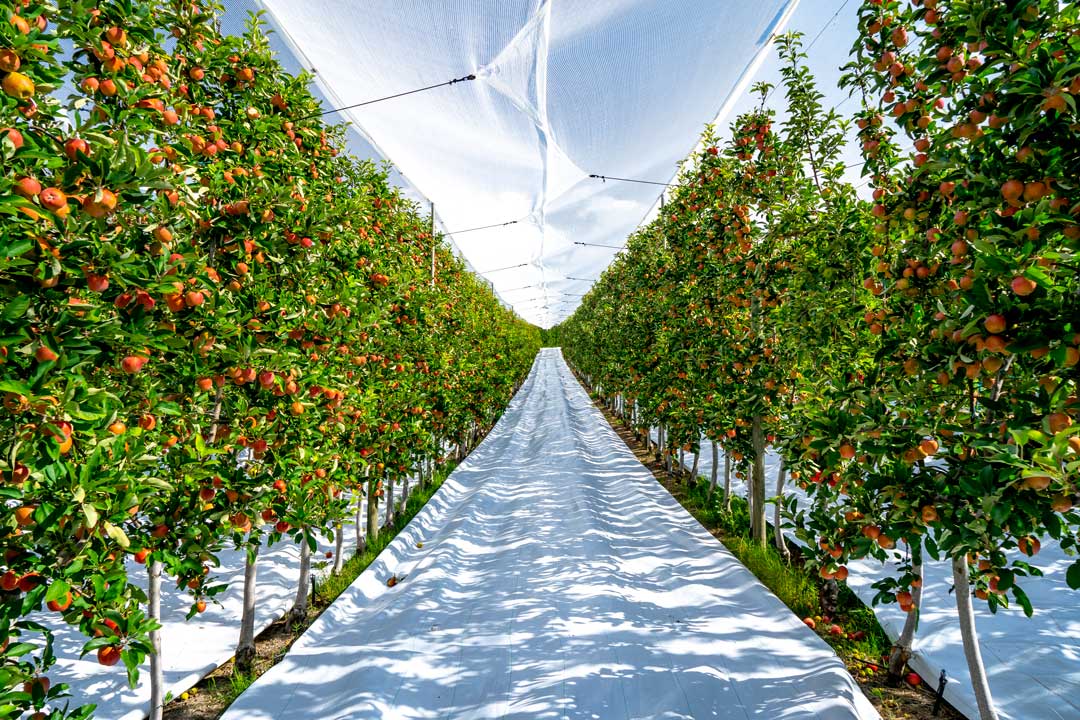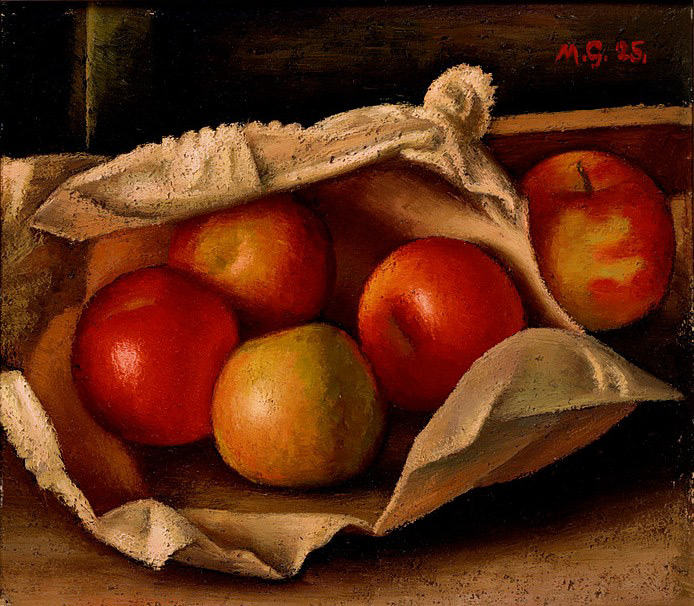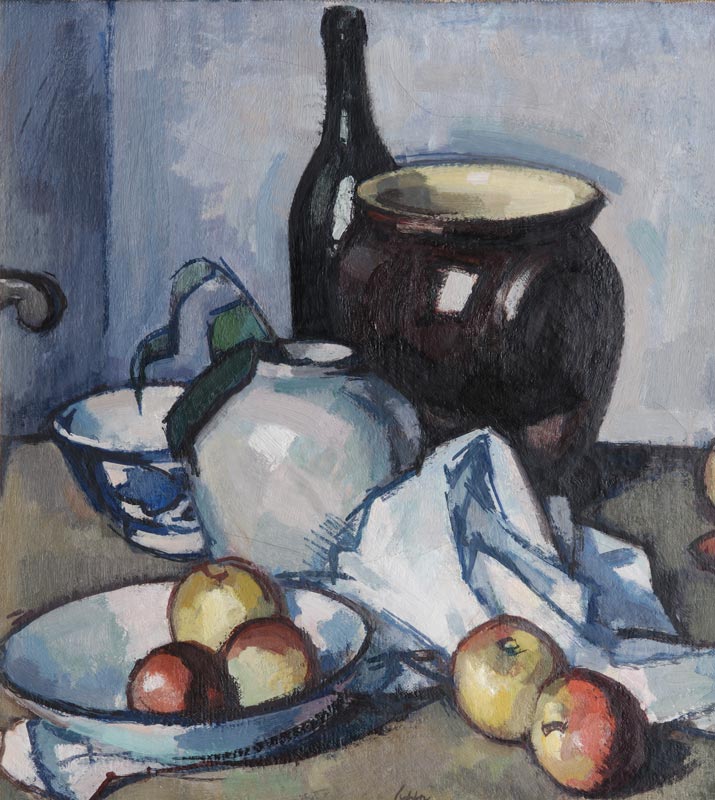The Health Benefits of Apples
By Dr Nicola Bondonno
My name is Dr Nicola Bondonno and I am a researcher at Edith Cowan University in Australia. I have a PhD in Nutrition and have spent four years researching the health benefits of apples.
Why apples?
Amazingly, a diet low in fruit has been named as one of the top causes of death worldwide 1 ! People who eat more fruit have a lower risk of heart disease 2, diabetes 3, cancer 4, dementia 5 and depression 6. It’s no wonder dietary guidelines around the world include recommendations for people to eat fruit. But what is so special about apples in particular?
Firstly, given their widespread geographical and seasonal availability, apples are one of the most highly consumed fruits around the world. Secondly, a recent study found that, compared to other fruits, people who ate more apples had the lowest risk of dying from heart disease 2, the leading cause of death worldwide. And thirdly, they are one of the best dietary sources of bioactive compounds called polyphenols. Polyphenols are produced by plants to protect themselves against environmental stressors as they grow 7. Interestingly, it is thought that these polyphenol compounds have a similar protective effect in animals and humans who eat these plants as food.
How might apples be protecting us from all these diseases?
It is thought that apples can protect us from heart disease by lowering our blood pressure, improving how our blood vessels function, and lowering our cholesterol levels 8. Apples may protect us from diabetes by improving insulin sensitivity (meaning that your body doesn’t need to produce as much insulin) and helping with the maintenance of a healthy body weight 9.
Furthermore, there is growing evidence that the polyphenol compounds found in apples play a role in reducing inflammation and oxidative stress, two important factors implicated in the development of not only heart disease and diabetes, but also cancer, dementia and depression. There are also many other ways in which apples and their polyphenols may be protecting us from diseases and researchers are still working to try to understand and uncover just how an apple a day may keep the doctor away.
To peel or not to peel?
Most of the polyphenols in apples are found in the peel 10. In one of the clinical trials that I have conducted, we tested the effects of eating a Pink Lady® apple with peel versus a Pink Lady® apple without peel on different measures of heart health 11.
We saw an improvement in blood vessel function only after apples were eaten with their peel, and not after the consumption of apple flesh only suggesting the importance of eating a whole apple rather than peeling it.
What about apple juice?
Apples mainly consist of water (85%) and carbohydrates (14%), including fibre and sugar, vitamins (in particular vitamin C and vitamin E), minerals (mainly potassium), and polyphenols. Apples are often used for juice (clear and cloudy) and fermented apple cider and vinegar.
Cloudy apple juice has a lower sugar content and higher pectin and polyphenol content than clear apple juice but a much lower pectin and polyphenol content in comparison to whole apples. But importantly, when you juice an apple, you remove most of the pulp, and therefore a lot of its fibre. There are many benefits to consuming apple fibre. Not only does it help you feel fuller for longer, but it also blunts the rapid rise in blood sugar that comes with consuming foods or beverages containing sugar and is important for gut health. So, if you have to choose between apple juice and soda, apple juice is going to be the better choice, but if you are choosing between apple juice and a whole apple, you are better off taking the whole apple.
How do I like my apples?
My favourite way to eat apples is with cinnamon, whether that is simply a cut up apple with a sprinkle of cinnamon, apple and cinnamon on top of a bowl porridge, or apples cooked with a bit of cinnamon (perfect for older apples that have lost their crunch). I also like to cut up apple into a green salad to provide a little sweet crunch!
References:
- 1 Ezzati, M. & Riboli, E. Behavioral and dietary risk factors for noncommunicable diseases. New England Journal of Medicine 369, 954-964 (2013)
- 2 Zurbau, A. et al. Relation of Different Fruit and Vegetable Sources With Incident Cardiovascular Outcomes: A Systematic Review and Meta‐Analysis of Prospective Cohort Studies. Journal of the American Heart Association 9, e017728 (2020).
- 3 Sim, M. Associations between fruit intake and risk of diabetes in the AusDiab cohort. (2021).
- 4 Aune, D. et al. Fruit and vegetable intake and the risk of cardiovascular disease, total cancer and all-cause mortality—a systematic review and dose-response meta-analysis of prospective studies. International journal of epidemiology 46, 1029-1056 (2017).
- 5 Jiang, X. et al. Increased consumption of fruit and vegetables is related to a reduced risk of cognitive impairment and dementia: meta-analysis. Frontiers in aging neuroscience 9, 18 (2017).
- 6 Saghafian, F. et al. Fruit and vegetable consumption and risk of depression: accumulative evidence from an updated systematic review and meta-analysis of epidemiological studies. British journal of nutrition 119, 1087-1101 (2018).
- 7 Solovchenko, A. & Schmitz‐Eiberger, M. Significance of skin flavonoids for UV‐B‐protection in apple fruits. Journal of experimental botany 54, 1977-1984 (2003).
- 8 Bondonno, N. P., Bondonno, C. P., Ward, N. C., Hodgson, J. M. & Croft, K. D. The cardiovascular health benefits of apples: Whole fruit vs. isolated compounds. Trends in Food Science & Technology 69, 243-256 (2017).
- 9 de Oliveira, M. C., Sichieri, R. & Mozzer, R. V. A low-energy-dense diet adding fruit reduces weight and energy intake in women. Appetite 51, 291-295 (2008).
- 10 Bondonno, C. P. et al. Phenolic composition of 91 Australian apple varieties: towards understanding their health attributes. Food & function 11, 7115-7125 (2020).
- 11 Bondonno, N. P. et al. Flavonoid‐Rich Apple Improves Endothelial Function in Individuals at Risk for Cardiovascular Disease: A Randomized Controlled Clinical Trial. Molecular nutrition & food research 62, 1700674 (2018).
Additional notes of images used:
- The photograph of a South Australian orchard shows the lengths that growers go to, to produce perfect quality apples for people to eat. Netting protects against hail, birds and flying foxes, and floor covering reflects sunlight to boost skin colouring.
- The image of an old woman peeling apples is a detail from a painting by David Teniers in the collection of the Fitzwilliam Museum, Cambridge. See the complete painting on the Fitzwilliam Museum website.








 Wu Qingyun - Rain in the Cloudy Mountains (1919) © Ashmolean Museum
Wu Qingyun - Rain in the Cloudy Mountains (1919) © Ashmolean Museum Paul Ryan
Paul Ryan